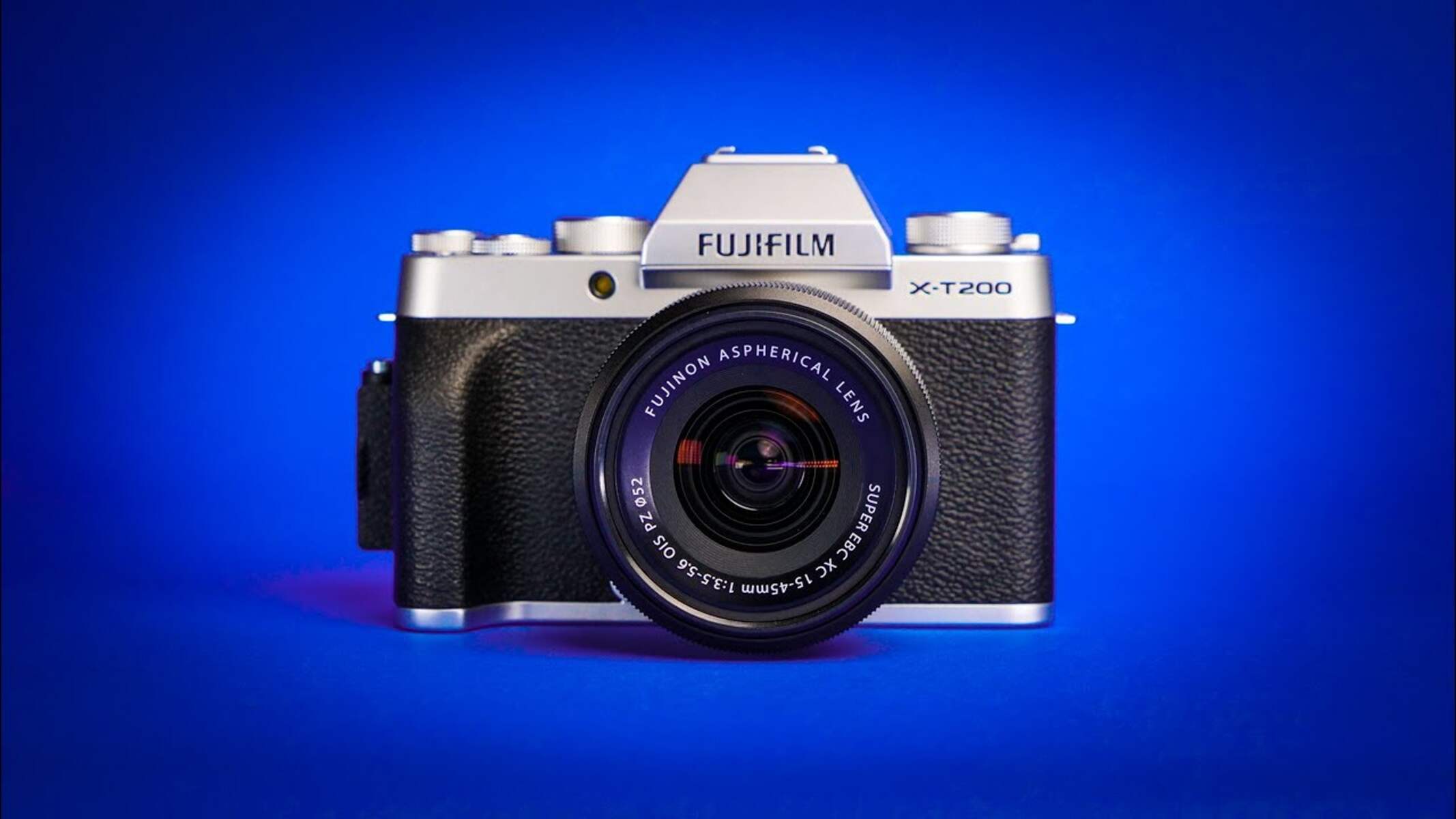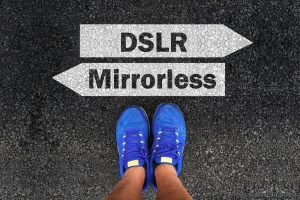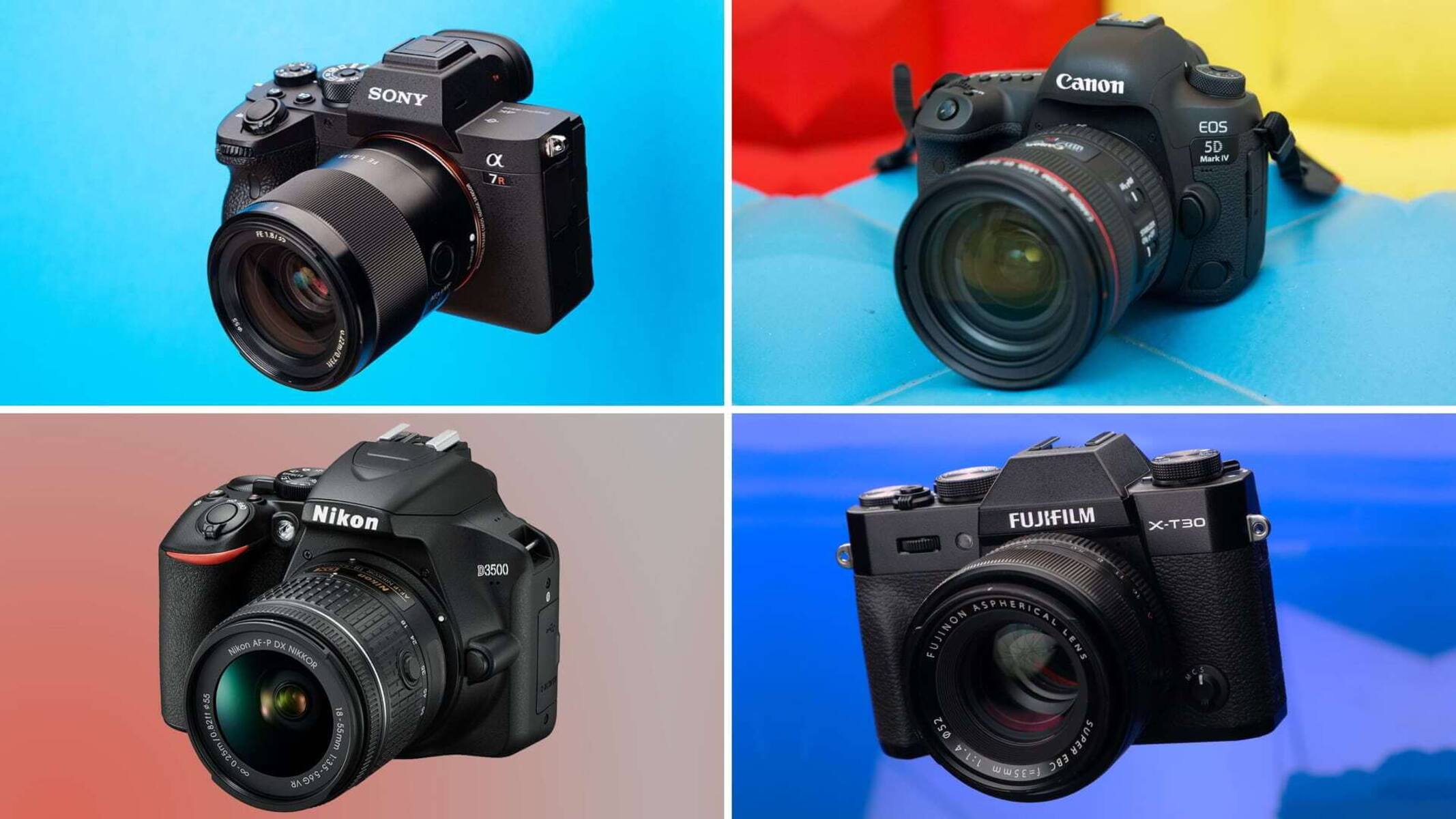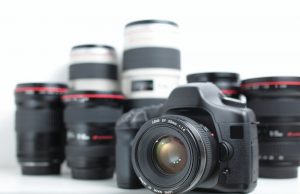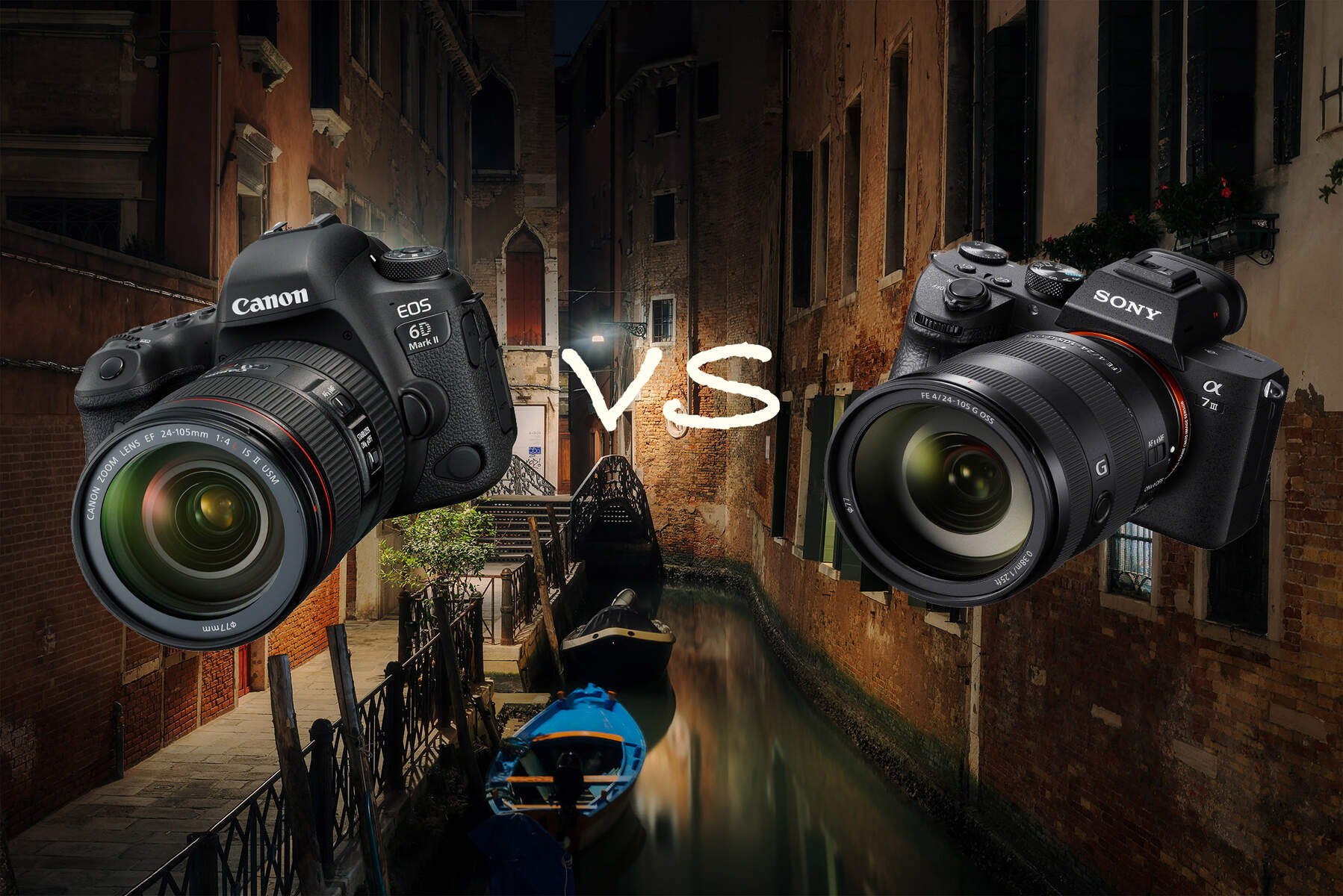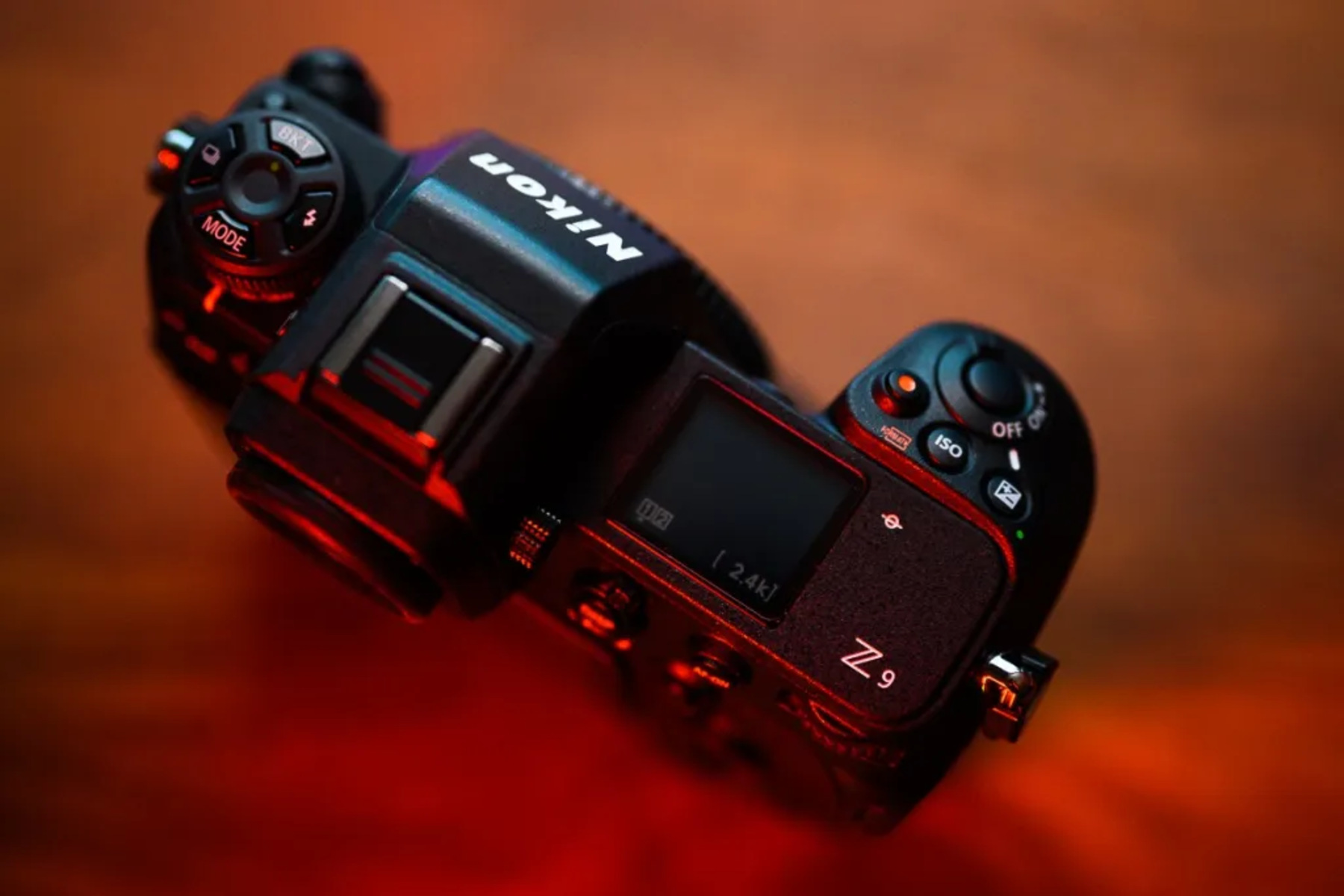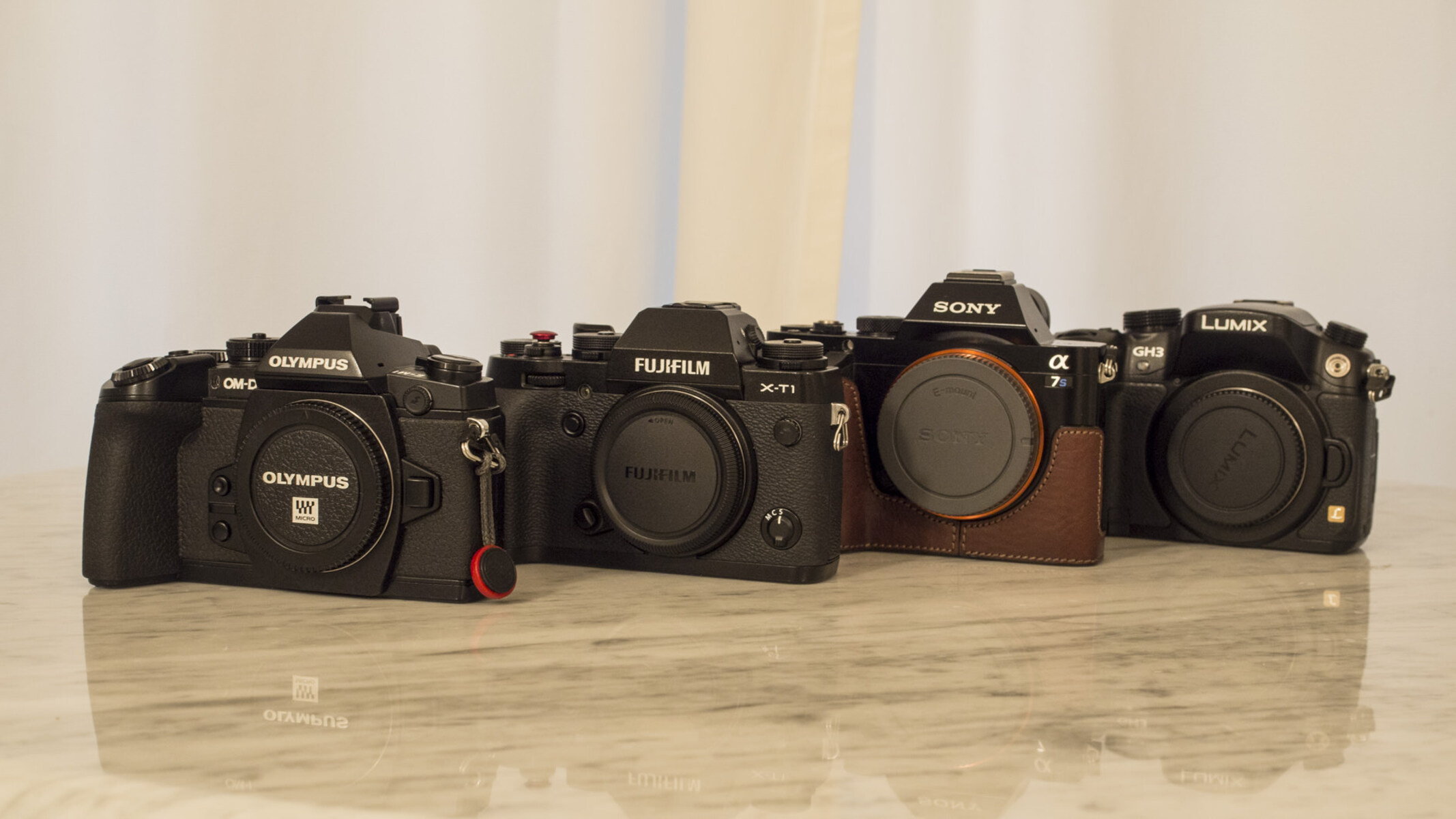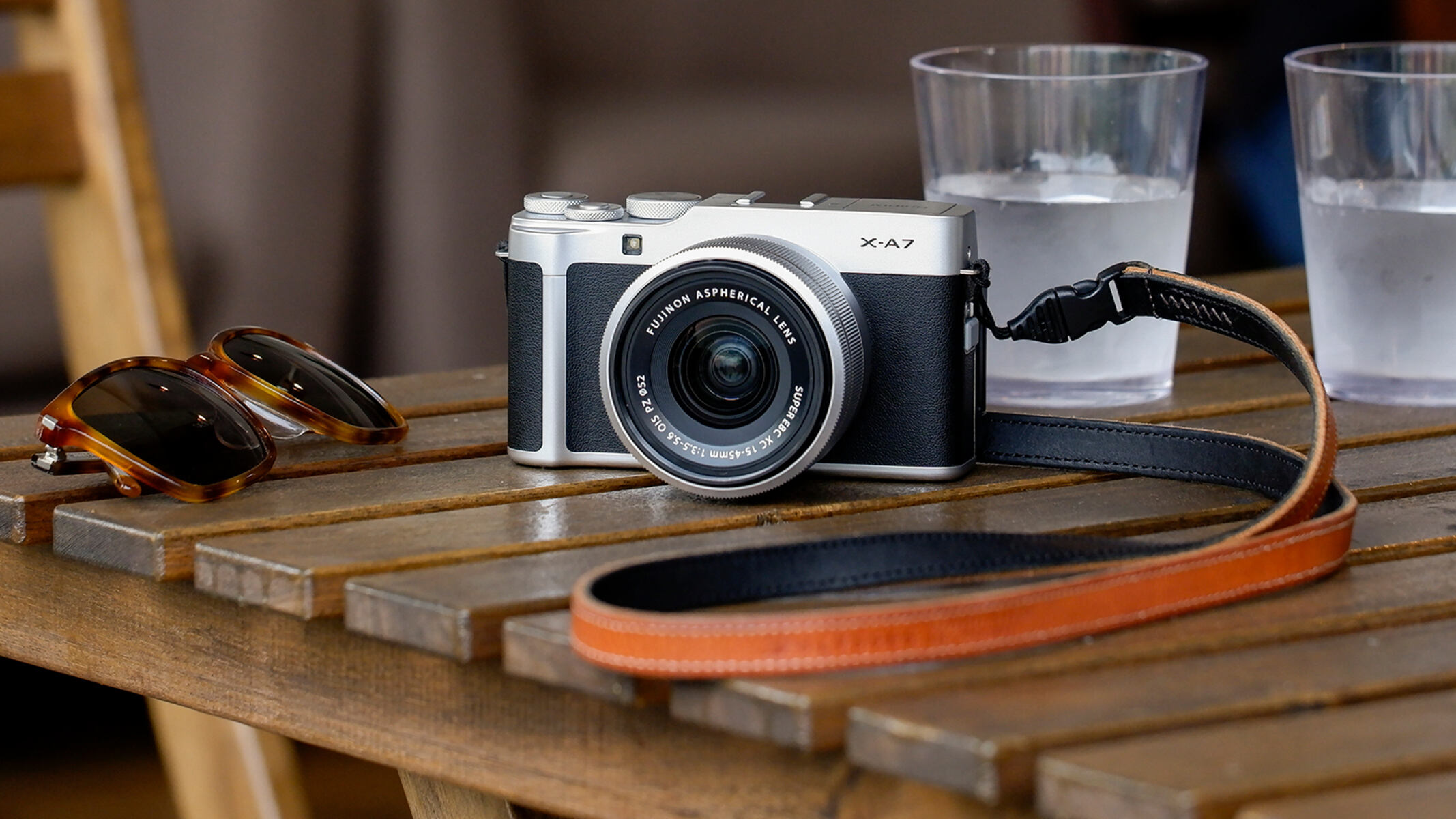Introduction
Welcome to the world of mirrorless cameras! If you're in the market for a new camera, you've likely come across the term "mirrorless camera" and wondered what all the buzz is about. In this article, we'll delve into the realm of mirrorless cameras, exploring their features, benefits, and most importantly, their affordability.
As technology continues to advance, so do the options for capturing life's most precious moments. Traditional DSLR cameras have long been the go-to choice for professional and amateur photographers alike, but mirrorless cameras have been making waves in the industry for their compact size, impressive image quality, and versatility. Whether you're a seasoned photographer looking to lighten your load or a beginner eager to explore the world of photography, a reasonably priced mirrorless camera could be the perfect fit for your needs.
Throughout this article, we'll uncover the essence of mirrorless cameras, discuss the advantages they offer, explore key factors to consider when choosing one, and provide examples of reasonably priced models that deliver exceptional performance without breaking the bank. By the end, you'll have a clearer understanding of why mirrorless cameras are gaining popularity and how you can find a budget-friendly option that suits your photographic aspirations. So, without further ado, let's embark on this captivating journey into the realm of mirrorless cameras.
What Is a Mirrorless Camera?
A mirrorless camera, as the name suggests, is a type of digital camera that does not require a reflex mirror, a key component found in traditional DSLR (Digital Single-Lens Reflex) cameras. This absence of a mirror allows mirrorless cameras to be more compact and lightweight, making them highly portable and suitable for various photography needs.
So, how do mirrorless cameras capture images without a mirror? Instead of using an optical viewfinder and a mirror to reflect the scene to the photographer’s eye, mirrorless cameras utilize digital displays or electronic viewfinders (EVFs) to provide a real-time preview of the image. This innovative approach not only reduces the camera’s bulk but also offers photographers a seamless way to preview and adjust their shots before capturing them.
Another distinguishing feature of mirrorless cameras is their interchangeable lens system, which allows photographers to use a wide range of lenses to achieve different perspectives and effects. This flexibility enables photographers to adapt to various shooting scenarios, from capturing breathtaking landscapes with a wide-angle lens to zooming in on distant subjects with a telephoto lens.
Furthermore, mirrorless cameras are renowned for their advanced autofocus systems, rapid shooting speeds, and high-quality image sensors, which contribute to their ability to produce stunning, professional-grade photographs. With the absence of a mirror mechanism, these cameras can also operate silently, making them ideal for discreet photography, such as capturing intimate moments at weddings or events.
Overall, a mirrorless camera embodies a modern approach to photography, offering a blend of portability, versatility, and cutting-edge technology. As we delve deeper into the world of mirrorless cameras, you’ll discover the myriad benefits they bring to photographers of all levels.
Benefits of a Mirrorless Camera
Embracing a mirrorless camera opens up a world of advantages that cater to the diverse needs of photographers. One of the most compelling benefits is the compact and lightweight design of mirrorless cameras. Without the bulky mirror box and optical viewfinder found in DSLRs, mirrorless cameras are notably smaller and lighter, making them exceptionally portable for travel, street photography, and everyday shooting.
Additionally, mirrorless cameras boast electronic viewfinders (EVFs) or LCD screens that offer real-time previews of the captured image, allowing photographers to fine-tune their compositions and exposure settings without taking their eyes off the scene. This feature provides a seamless and intuitive shooting experience, especially for those transitioning from smartphone photography or compact cameras.
Another standout advantage of mirrorless cameras is their versatility in lens selection. With a vast array of interchangeable lenses available, photographers can effortlessly switch between wide-angle, telephoto, macro, and specialty lenses to suit various photographic styles and subjects. This adaptability empowers photographers to explore creative perspectives and achieve stunning visual results.
Furthermore, the advanced autofocus systems in mirrorless cameras deliver swift and precise focusing, ensuring that fleeting moments are captured with exceptional clarity. Many mirrorless models also offer advanced features such as eye-tracking autofocus, which can effortlessly lock onto a subject’s eyes, particularly beneficial for portrait and candid photography.
Moreover, the absence of a mirror mechanism in mirrorless cameras enables them to operate silently, making them ideal for discreet shooting in quiet environments, such as during ceremonies, performances, or wildlife observation. This silent operation minimizes disruptions and allows photographers to capture authentic moments without intruding on the atmosphere.
Overall, the benefits of a mirrorless camera extend beyond their compact form and encompass innovative features that cater to the evolving needs of photographers. As we explore further, you’ll gain insights into the key considerations when selecting a mirrorless camera that aligns with your photographic aspirations and budget.
Factors to Consider When Choosing a Mirrorless Camera
When embarking on the journey to select a mirrorless camera, several key factors merit consideration to ensure that the chosen camera aligns with your specific photography preferences and requirements. Understanding these factors will empower you to make an informed decision and invest in a mirrorless camera that seamlessly complements your creative vision.
- Image Sensor: The type and size of the image sensor significantly impact image quality and low-light performance. Cameras with larger sensors, such as full-frame or APS-C sensors, generally deliver superior image quality and enhanced depth of field control.
- Lens Compatibility: Assess the availability and variety of lenses compatible with the camera’s lens mount. A robust selection of lenses allows for greater creative versatility and the ability to expand your photographic capabilities as your skills evolve.
- Autofocus System: Evaluate the camera’s autofocus capabilities, including the speed, accuracy, and tracking performance. Advanced autofocus features, such as eye detection and subject tracking, can elevate your ability to capture sharp, well-focused images, particularly in dynamic or fast-paced shooting scenarios.
- Body Design and Ergonomics: Consider the physical attributes of the camera, including its grip, button layout, and overall handling. A comfortable and intuitive design contributes to a more enjoyable shooting experience, especially during extended photography sessions.
- Viewfinder and Display: Assess whether the camera is equipped with an electronic viewfinder (EVF) or relies solely on a rear LCD screen for composition and review. The quality and responsiveness of the viewfinder or display significantly influence the ease of framing and capturing images in various lighting conditions.
- Video Capabilities: If you have an interest in videography, evaluate the camera’s video recording features, including resolution, frame rates, and video-focused functionalities. Many modern mirrorless cameras offer impressive video capabilities suitable for creating high-quality cinematic content.
- Budget and Value: Establish a realistic budget and seek a camera that offers the best value within your price range. Consider the overall package, including bundled accessories, warranty, and ongoing support, to ensure a satisfying and worthwhile investment.
By carefully considering these factors, you can navigate the diverse landscape of mirrorless cameras and pinpoint the model that aligns with your artistic ambitions and practical needs. Next, we’ll explore the price range for mirrorless cameras, shedding light on the affordability of these innovative photographic tools.
Price Range for Mirrorless Cameras
When exploring the market for mirrorless cameras, it’s essential to understand the diverse price range that accommodates varying budgets and photography requirements. The cost of a mirrorless camera can fluctuate significantly based on factors such as brand, model, sensor size, included features, and bundled accessories. By gaining insight into the typical price brackets, you can identify a mirrorless camera that strikes a harmonious balance between affordability and performance.
Entry-level mirrorless cameras, tailored to beginners and enthusiasts, often fall within the range of $400 to $800. These cameras offer fundamental features, respectable image quality, and user-friendly interfaces, making them ideal for honing photography skills and exploring creative expression without a substantial financial commitment. While entry-level models may have some limitations compared to their higher-priced counterparts, they provide a solid foundation for learning and experimentation.
Mid-range mirrorless cameras, priced between $800 and $1500, present a compelling blend of advanced functionality, improved image quality, and enhanced performance. These cameras cater to enthusiasts and semi-professionals seeking a more comprehensive set of features, including superior autofocus systems, faster continuous shooting rates, and broader lens compatibility. The mid-range segment often encompasses cameras with APS-C and Micro Four Thirds sensors, delivering a balance of portability and image quality.
For photographers with discerning demands and professional aspirations, the high-end mirrorless camera market offers models priced above $1500, reaching into the realm of premium and flagship offerings. These cameras boast cutting-edge technologies, full-frame sensors, robust weather-sealed constructions, and an extensive array of advanced features tailored for demanding photographic workflows. While the investment in a high-end mirrorless camera is substantial, it reflects a commitment to uncompromising image quality, exceptional performance, and enduring reliability.
It is important to note that the prices mentioned above are indicative and can vary based on regional pricing, promotional offers, and the inclusion of bundled accessories or lens kits. Additionally, the used and refurbished camera market presents opportunities to acquire mirrorless cameras at reduced prices, providing budget-conscious photographers with access to capable and reliable equipment.
Understanding the price range for mirrorless cameras empowers photographers to navigate the market with clarity and make informed decisions aligned with their budget and photographic pursuits. As we proceed, we’ll delve into examples of reasonably priced mirrorless cameras that deliver commendable performance without imposing a substantial financial burden.
Examples of Reasonably Priced Mirrorless Cameras
Within the realm of reasonably priced mirrorless cameras, several models stand out for their commendable performance, versatile features, and appealing affordability. These cameras cater to photography enthusiasts, beginners, and budget-conscious professionals, offering a compelling balance of functionality and value. Let’s explore a selection of noteworthy examples that exemplify the accessibility and quality achievable in the realm of budget-friendly mirrorless cameras.
- Sony Alpha a6000: Renowned for its compact form, impressive 24.3-megapixel APS-C sensor, and swift autofocus system, the Sony Alpha a6000 remains a popular choice among photographers seeking a capable mirrorless camera without a hefty price tag. Its continuous shooting speed of 11 frames per second, Full HD video recording, and built-in electronic viewfinder contribute to its versatility and appeal.
- Fujifilm X-T200: The Fujifilm X-T200 combines a retro-inspired design with modern features, housing a 24.2-megapixel APS-C sensor, 4K video recording, and a vari-angle touchscreen for intuitive control. With Fujifilm’s renowned film simulation modes and a lightweight build, the X-T200 offers a compelling entry point into the world of mirrorless photography.
- Panasonic Lumix G7: Boasting a 16-megapixel Micro Four Thirds sensor, 4K video capabilities, and a high-resolution electronic viewfinder, the Panasonic Lumix G7 presents a versatile and budget-friendly option for both photographers and videographers. Its compact size, ergonomic design, and extensive lens compatibility make it an appealing choice for diverse shooting scenarios.
- Canon EOS M50 Mark II: Building upon its predecessor’s success, the Canon EOS M50 Mark II features a 24.1-megapixel APS-C sensor, impressive Dual Pixel CMOS autofocus, and 4K video recording support. With its compact and lightweight design, vari-angle touchscreen, and seamless connectivity for content sharing, the EOS M50 Mark II caters to vloggers, content creators, and photography enthusiasts.
- Nikon Z50: The Nikon Z50 embodies a blend of portability and performance, housing a 20.9-megapixel APS-C sensor, 4K video recording, and a user-friendly interface. Its compatibility with Nikon’s Z-mount lenses, tilting touchscreen, and robust build quality make it an appealing choice for photographers seeking an affordable entry into the Nikon Z mirrorless system.
These examples represent a fraction of the diverse range of reasonably priced mirrorless cameras available, each offering distinctive strengths and capabilities tailored to different photographic styles and preferences. By exploring these options, photographers can identify a mirrorless camera that harmonizes with their creative vision, budget considerations, and long-term photographic aspirations.
Conclusion
Embarking on the quest for a reasonably priced mirrorless camera unveils a realm of innovation, versatility, and accessibility in the realm of photography. From the compact and agile design of mirrorless cameras to their advanced features and exceptional image quality, these photographic tools offer a myriad of benefits that cater to the diverse needs of photographers at every skill level.
As we’ve explored the essence of mirrorless cameras, delved into their distinguishing features, and navigated the factors to consider when selecting one, it becomes evident that the world of mirrorless photography is rich with possibilities. The price range for mirrorless cameras spans from entry-level options tailored for beginners to high-end models designed for professionals, ensuring that there’s a mirrorless camera suited for every budget and photographic ambition.
Furthermore, the examples of reasonably priced mirrorless cameras showcased the breadth of options available, each presenting a blend of performance, functionality, and value that empowers photographers to unleash their creativity without exceeding their financial means. Whether capturing captivating landscapes, immortalizing cherished moments, or delving into the realm of videography, a reasonably priced mirrorless camera serves as a reliable and inspiring companion for photographic endeavors.
Ultimately, the journey to discover a reasonably priced mirrorless camera is a testament to the democratization of high-quality photography and the democratization of high-quality photography and videography, allowing enthusiasts and professionals alike to embrace the art of visual storytelling without compromise. By leveraging the insights shared in this exploration, photographers are poised to make informed decisions, elevate their craft, and embark on a fulfilling photographic journey with a mirrorless camera that resonates with their artistic vision and practical needs.
So, as you venture into the captivating realm of mirrorless photography, may your chosen camera be a faithful ally in capturing the beauty of the world and expressing your unique perspective through the lens.







